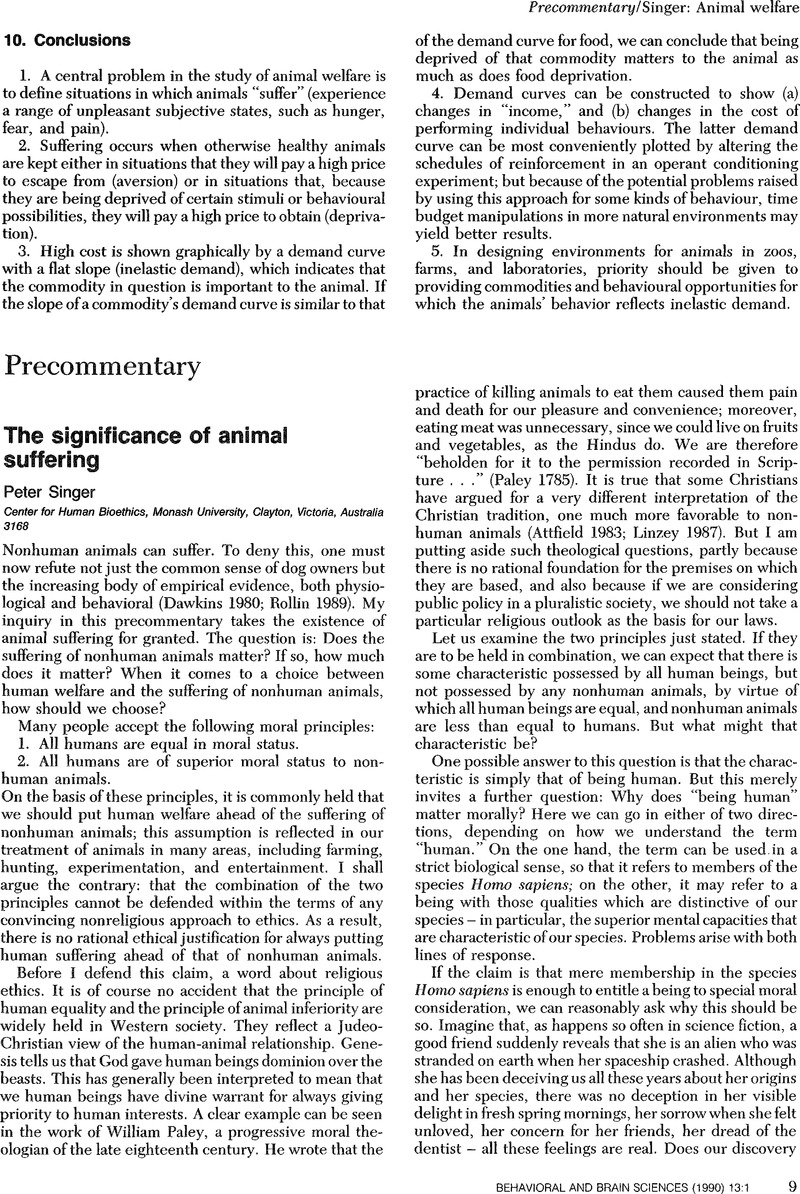Crossref Citations
This article has been cited by the following publications. This list is generated based on data provided by Crossref.
Ng, Yew-Kwang
1995.
Towards welfare biology: Evolutionary economics of animal consciousness and suffering.
Biology & Philosophy,
Vol. 10,
Issue. 3,
p.
255.
Robinson, M H
1998.
Enriching the Lives of Zoo Animals, and Their Welfare: Where Research Can be Fundamental.
Animal Welfare,
Vol. 7,
Issue. 2,
p.
151.
Aguilera, Bernardo
2025.
How Bad Can the Lives of Persons and Animals Go? On the Alleged Asymmetrical Effect of Cognitive Capacities on the Potentials for Welfare of Persons and Animals.
Ethical Theory and Moral Practice,


